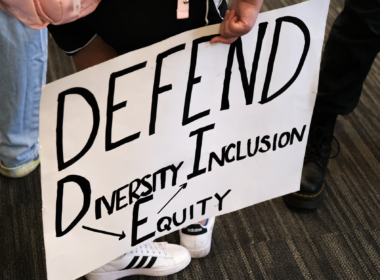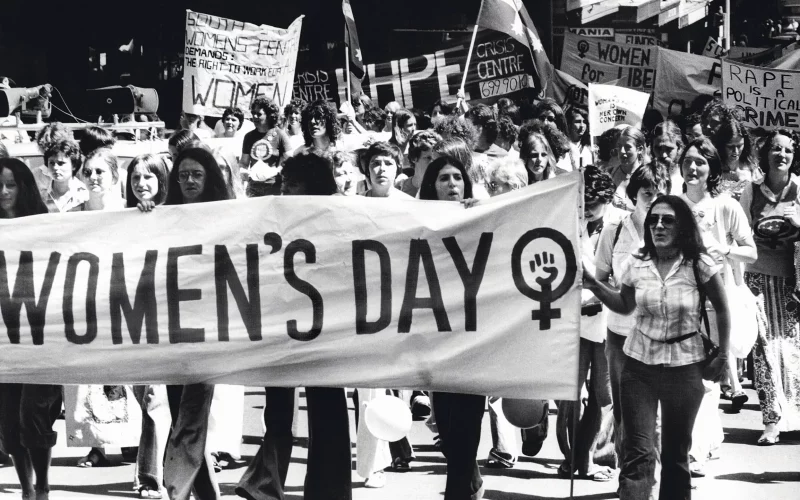The Epidemic Murders of Transwomen
The transgender community faces fear, discrimination, and silence in the wake of their sisters’ murders.
Written by Jacquie Piasta
An upcoming episode of the television program “What Would You Do?” stages a fake confrontation between a transwoman waitress and a hateful diner patron. In this demonstration, the waitress and diner patron are paid performers. The hateful patron verbally attacks the transgender waitress with insults. The other diner customers, unaware they are being filmed, react to the emotional scene. One customer confronts the angry diner performer. “Let her do her job,” the customer demands. “It’s okay to be whoever you want to be. This is America.”
This specific situation is a fictional performance captured for television. Off camera, however, these occurrences are both prevalent and real. For transwomen, this is everyday life. The scary truth is that hatred against transgender people can result in physical violence and even death.
Brandy Martell of Oakland, California and Paige Clay of Chicago, Illinois are the two most recent transwomen murder victims as of May 1st, 2012. Four transwomen have been murdered so far this year. Three of these murders alone happened in April. Media outlets remain eerily silent on this subject. Public outcry has been limited to the family, friends, and local communities of the victims. Even in this modern age of internet activism, online grassroots organizing, and e-mail petitions, mentions of transgender victims are scarce.
The implications of this silence are disturbing. Many haunting questions arise. Doesn’t anyone care about these individuals? Are these people being blamed for their own murders? Do cisgender people still subscribe to negative stereotypes about transgender people? Are cisgender people ashamed to be associated with caring about the transgender community? Are transgender rights being placed on the back burner until same-sex marriage is legalized?
These questions deepen when one considers the race of these individuals. Many of these transgender murder victims are people of color. The mainstream media has been known to fall silent in the wake of murders of people of color while giving white victims a large amount of press. Even missing people are given this treatment; a missing child of color may receive much less media attention than a missing white child (Min, 2008). It is clear that our society has some serious issues to address when it comes to racism and transphobia.
The statistics concerning transgender people and discrimination are dire. Transgender people are nearly four times more likely to live in poverty and face greater discrimination than the general population (Jaime M. Grant, 2011). Nearly half of young transgender people have seriously thought about taking their lives and one quarter report having made a suicide attempt (Grossman AH, 2007). Students who expressed a transgender identity or gender non-conformity while in grades K-12 reported alarming rates of harassment (78%), physical assault (35%) and sexual violence (12%). Harassment was so severe that it led almost one-sixth (15%) to quit going to their school (Jaime M. Grant, 2011).
In order to eliminate additional memorials for Transgender Day of Remembrance, action needs to be taken. Thankfully, the Equal Employment Opportunity Commission (EEOC) recently ruled that transgender people are protected under Title VII of the Civil Rights Act. Policies such as this are needed in order to further protect the transgender community. Enabling rights for these individuals is arguably one large step forward in preventing future murders.
Sources:
Grossman AH, D. A. (2007). Suicide and Life Threatening Behavior 2007.
Grant, Jaime M. (2011). Injustice At Every Turn: A Report of the National Transgender Discrimination Survey. Washington, D.C.: National Center for Transgender Equality.
Min, S. A. (2008). Missing Children in News: Racial and Gender Representation of Missing Children Cases in Television News. Montreal, Quebec, Canada: Conference Paper.











